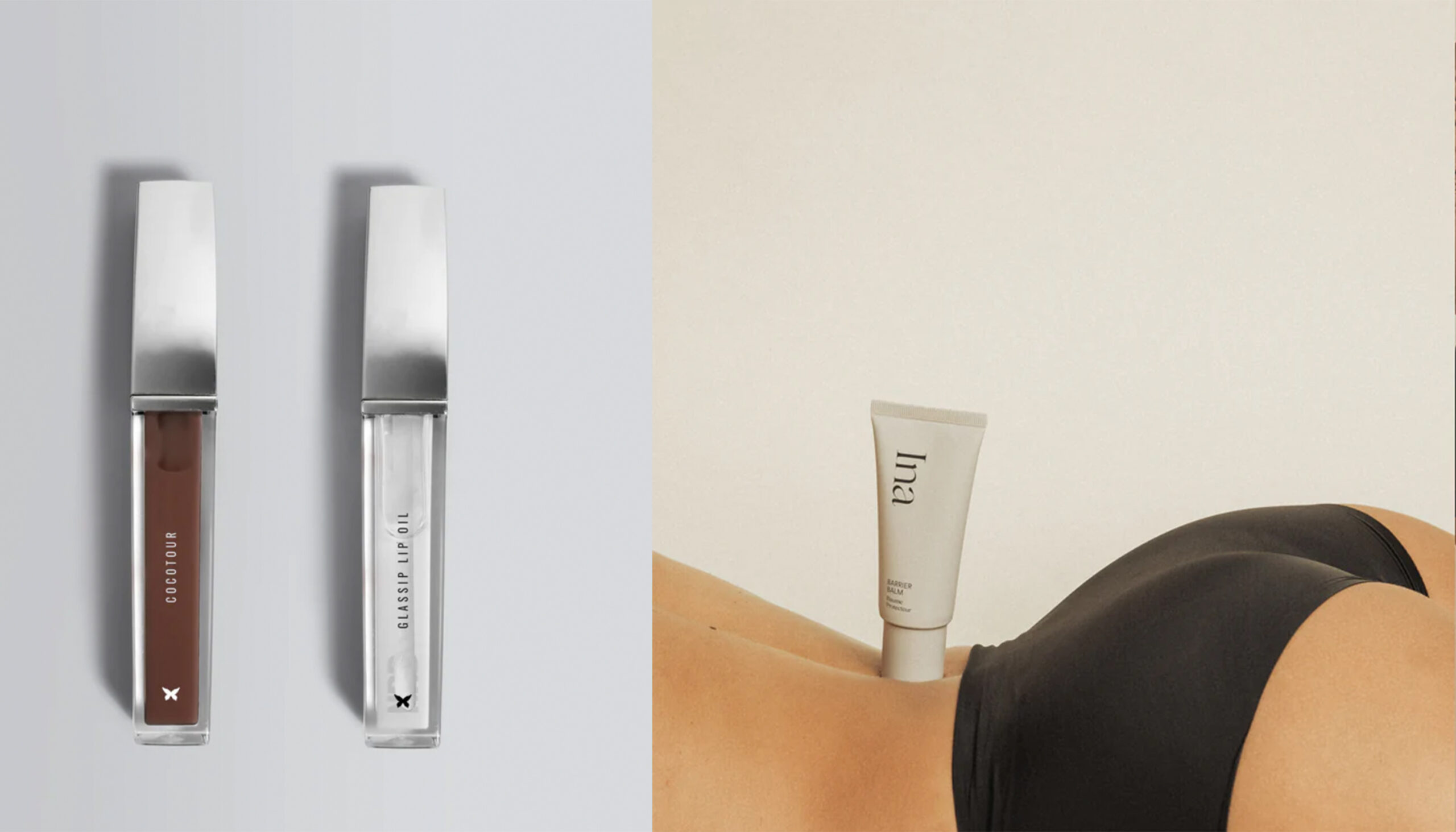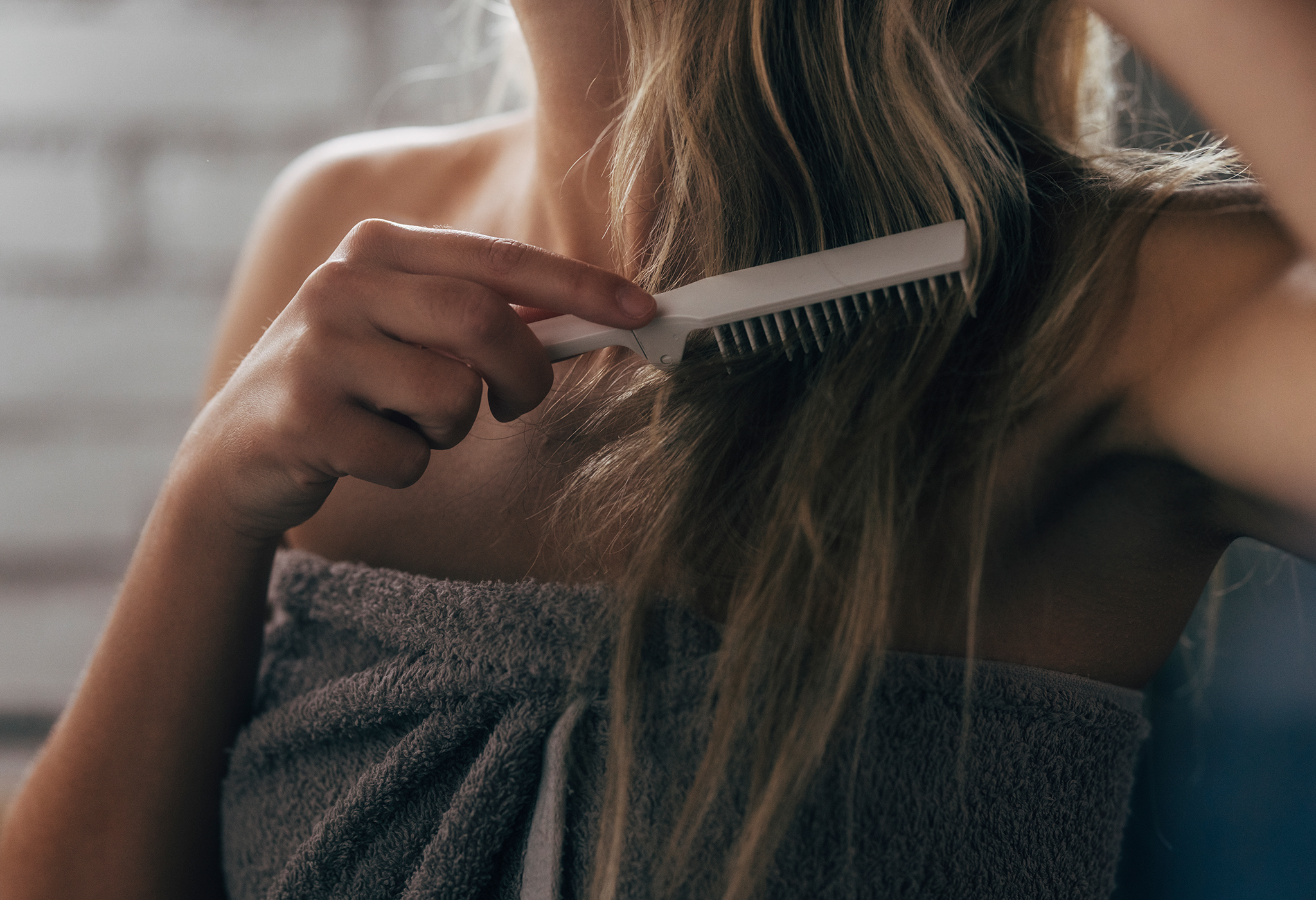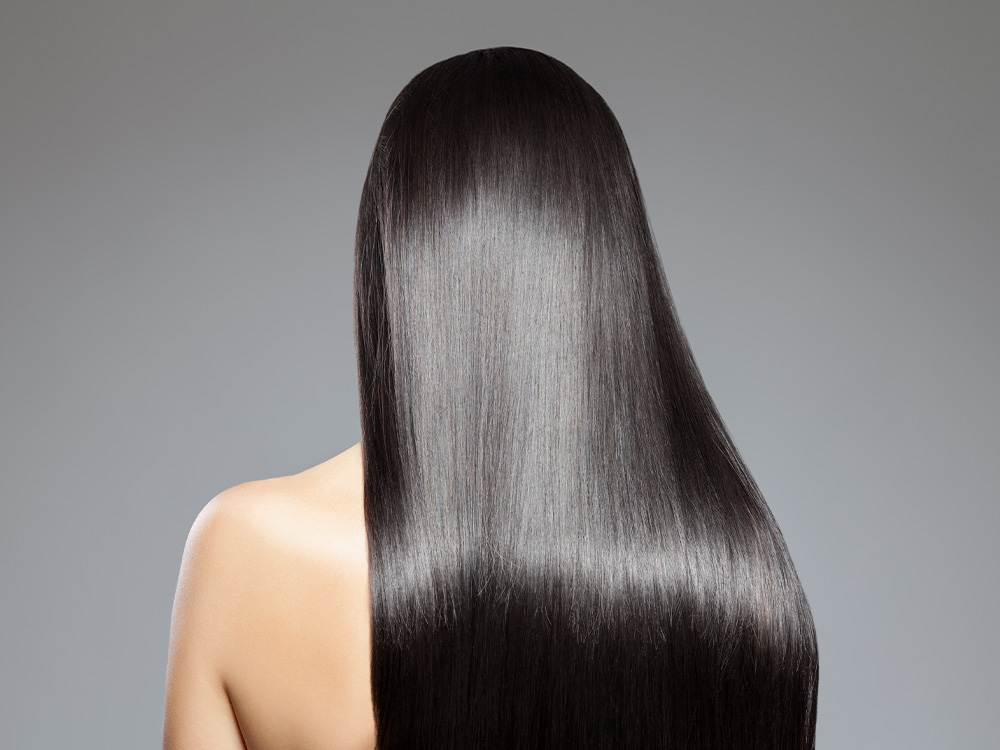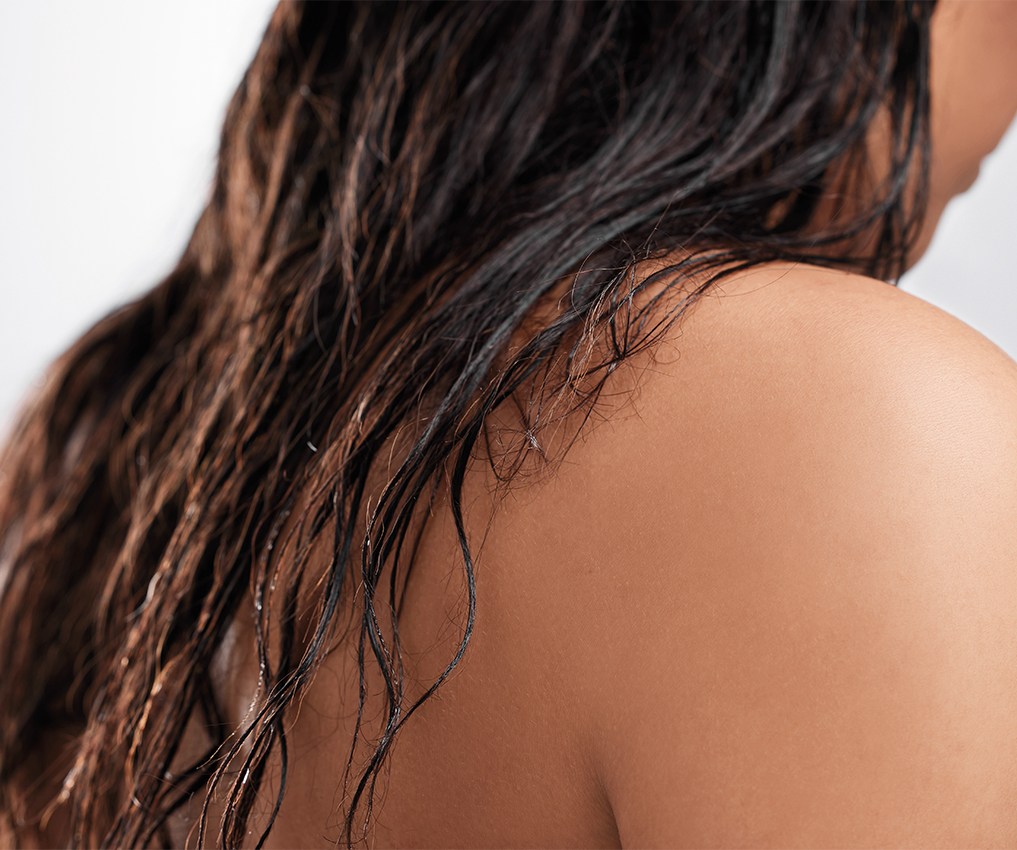There comes a time when long, dark, rogue hairs start popping up in unusual places—think your chin, jawline, knuckles, and even the areolas. While most women spend an ample amount of time improving the hair on their head and making their best attempt to get fuzz-free on the legs, bikini line and underarms, once menopause creeps up, all that can change (if you don’t experience strange hairs that seemingly grow out of nowhere overnight, consider yourself lucky).
Curious about why random hair growth takes on a mind of its own, we tapped the experts for insight on why hairs grow in areas where they likely never existed and how to get it under control. Here’s what they had to say.
Why Hair Grows in Odd Places
As Melville, NY dermatologist Kally Papantoniou, MD explains, hormones signal hair growth, the transition of fine, delicate hairs to thick, coarse hairs, and eventually trigger hair loss and changes in hair patterns. “Most androgen hormones, such as testosterone and dihydrotestosterone, impact hair growth, and estrogen and progesterone also affect hair growth.”
Once perimenopause and menopause hit, a cascade of hormonal events occurs, which have a lot to do with where and how hair grows on the body. “While androgens are considered male hormones, they also appear in women, so when you start to notice hair where it wasn’t before, it’s usually the result of excess androgens,” says Omaha, NE, dermatologist Joel Schlessinger, MD. This is because more testosterone circulates throughout the body to compensate for estrogen dips during menopause, which causes coarse, dark hairs to grow. New York dermatologist Doris Day, MD says that as hormones shift, we lose hair where we want to keep and grow it where we don’t want it.
Facial hairs can turn dark and thick, and Dr. Day says it’s normal for hair to grow on the upper lip and chin. “There can even be some peach fuzz along the sides of the cheeks.” Other uncommon places where hair starts to emerge include the jawline, nose, breasts, back, knuckles, and toes. “Sometimes, it’s just one hair, and sometimes it’s more,” she adds.
Hormone-related medical conditions like polycystic ovarian syndrome (PCOS) and thyroid issues can generate excessive facial hair. “PCOS may cause the body to produce more androgens than usual, leading to hirsutism and androgenic alopecia,” Dr. Schlessinger shares. Some medications can result in random hair growth, too.
How to Get Rid of Unwanted Hairs
The options for eliminating stray hairs vary from a quick pluck to more permanent options, like laser hair removal. Dr. Papantoniou says paying attention to your body’s cues is important, and if you notice unusual hair growth for your age or gender, it is best to have a blood workup done by your doctor.
Pluck them
If you want to get rid of a hair or two quickly, Dr. Schlessinger says to use a sterile tweezer to remove the hair temporarily. Tweezing is better than shaving it because there won’t be any stubble. Plus, since tweezing eliminates the hair at the root, the skin will stay smoother and hair-free for longer.
Wax when necessary
Use a small wax strip above the lip, on the chin, or for lighter hairs. Just don’t use retinol a few days before waxing, which can remove the outermost layer of skin.
Use depilatory creams
Reach for a gentle yet effective depilatory cream for larger areas ensconced with random hairs. Rather than isolating each hair for removal, a depilatory cream lets you treat the entire region, especially when removing hair in hard-to-reach areas.
Get electrolysis
Dr. Papantoniou says electrolysis is an option if troublesome terminal hairs appear on the upper lip and chin and are resistant to laser therapy because they are white.
Consider laser hair removal
If you are becoming a slave to removing hair, try a more permanent option like laser hair removal. DIY at-home and professional versions are available, and the difference between the two comes down to the intensity of the energy wave delivered—professional laser hair removal is more substantial for destroying the hair follicle. Still, it’s essential to consider the hair color. “Laser hair removal works well for dark, thick hairs, but electrolysis is a better option for white or red hairs,” Dr. Papantoniou adds.
For an at-home fix, Dr. Schelssinger recommends a device like iluminage Touch 4Ever Home Permanent Hair Removal IPL & Radio Frequency System, which uses a combination of Intense Pulsed Light (IPL) and radiofrequency, and significantly reduces hair after two months of treatment.

















